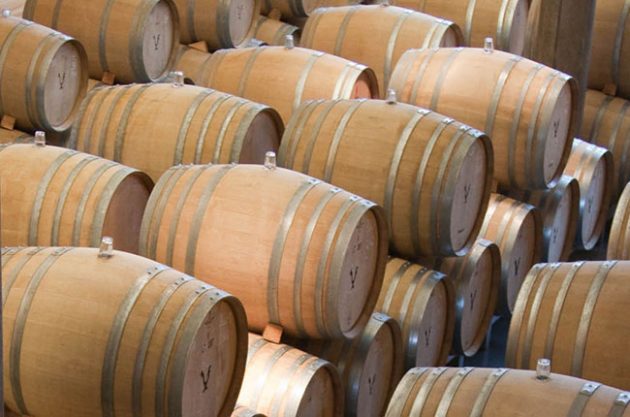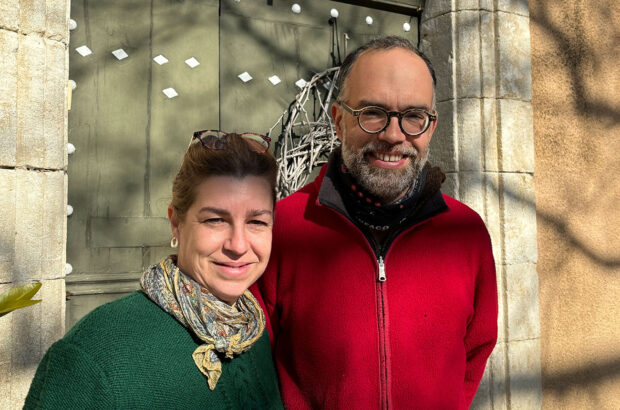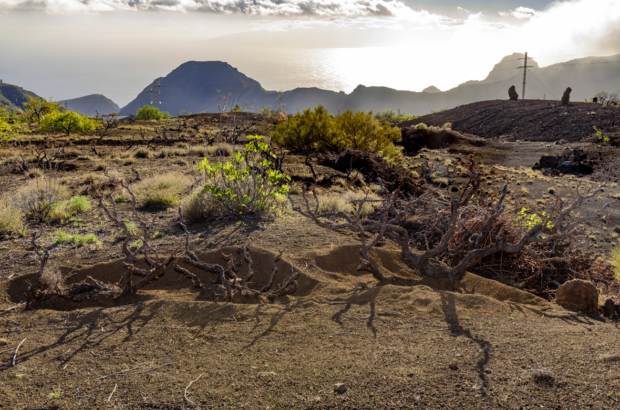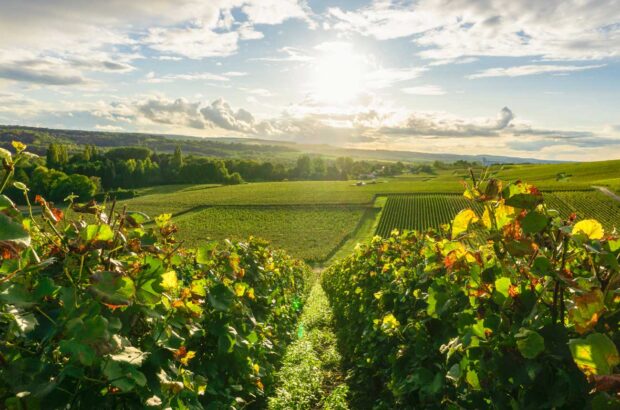In partnership with DO Rueda
Five Rueda wine facts
The Verdejo grape has been grown in the area for centuries
The origins of Verdejo date back to the 11th century.
It is believed that it came to Spain around the time of King Alfonso VI, when there were large movements of people.
Research has shown that Verdejo arrived in Spain from North Africa, and probably had a period of adapting in the south of Spain before moving up to Rueda.
Great value Rueda wines
It was the first DO in the Castile y Léon region.
Rueda DO was created in 1980.
Previously, the region had focused on growing Palamino and making solera-aged fortified wines.
In 2008, some red and rosé wines were also protected by the DO Rueda.

It’s not just Verdejo
In the 2016 harvest, 98% of the grapes were white varieties.
Verdejo is the predominant variety in most blends, but Sauvignon Blanc, Viura and Palomino Fino are also grown here.
The Verdejo grape
Phylloxera changed Rueda from red to white
Red varieties were historically more predominant in the Rueda region, but after phylloxera hit in the late 19th century, it is believed the red varieties were almost entirely wiped out.
Some winemakers since helped red wines to recover. The main red varieties are Tempranillo, Cabernet Sauvignon, Merlot and Garnacha.
Grapes grow at altitude
Vineyards in Rueda are about 600 – 700 metres above sea level. This helps keep the temperatures cooler, even in the heat of summer.
It also means there’s a high diurnal range – the difference between the highest and lowest temperatures of the day – which maintains the acidity Rueda wines are known for.
More articles like this:

Great value Rueda wine
Perfect to enjoy in the sunshine...

Rueda wines with food: Pairing ideas
Ideal pairing ideas...

The Verdejo grape
And how it tastes....







